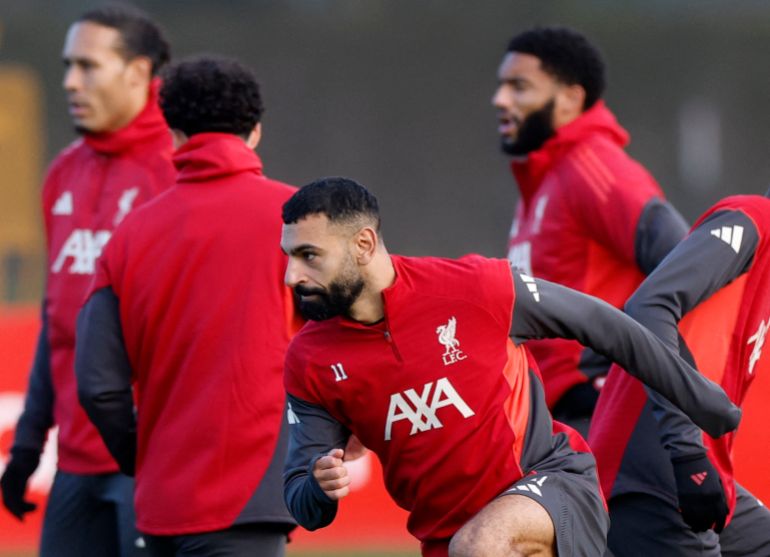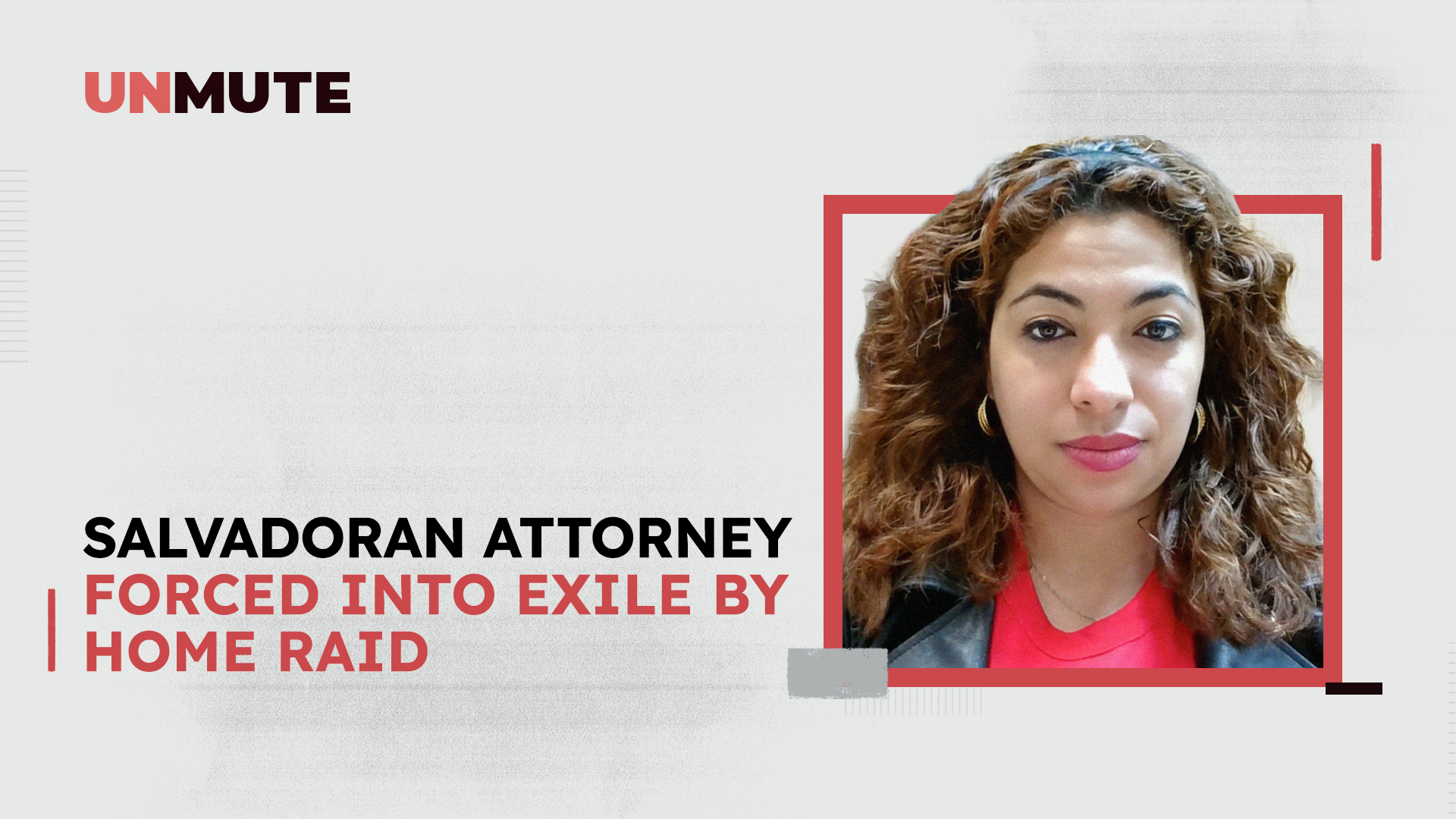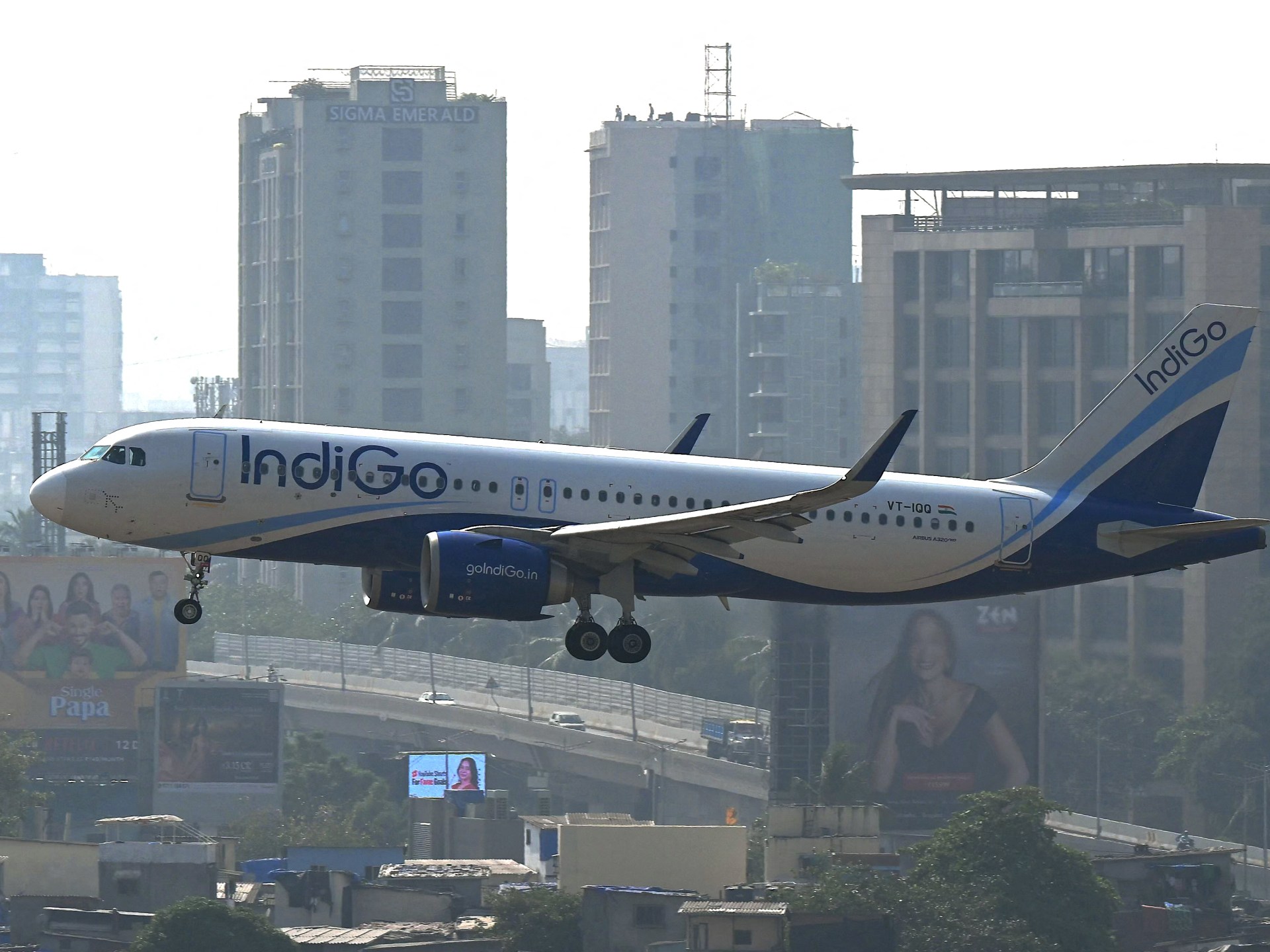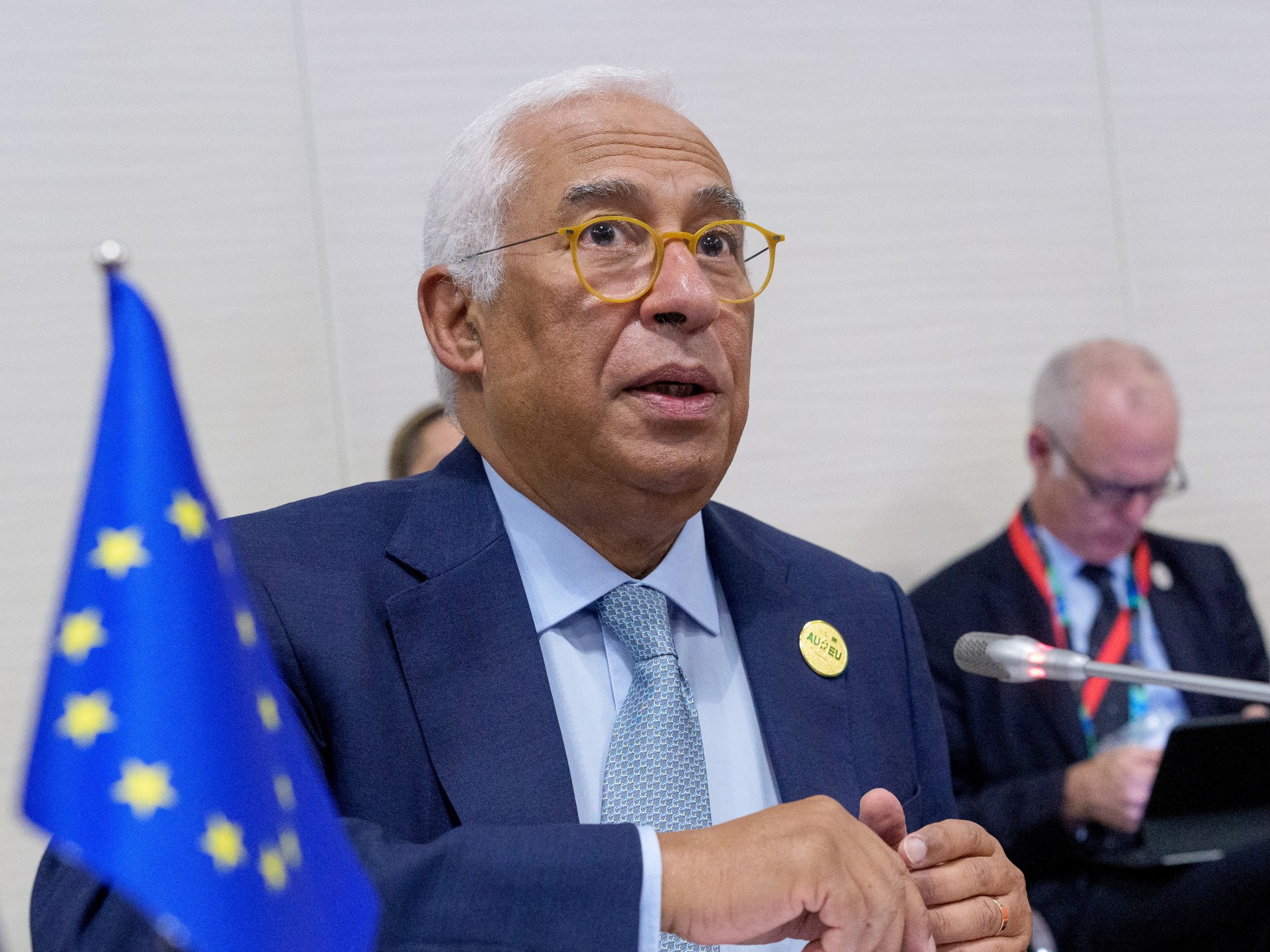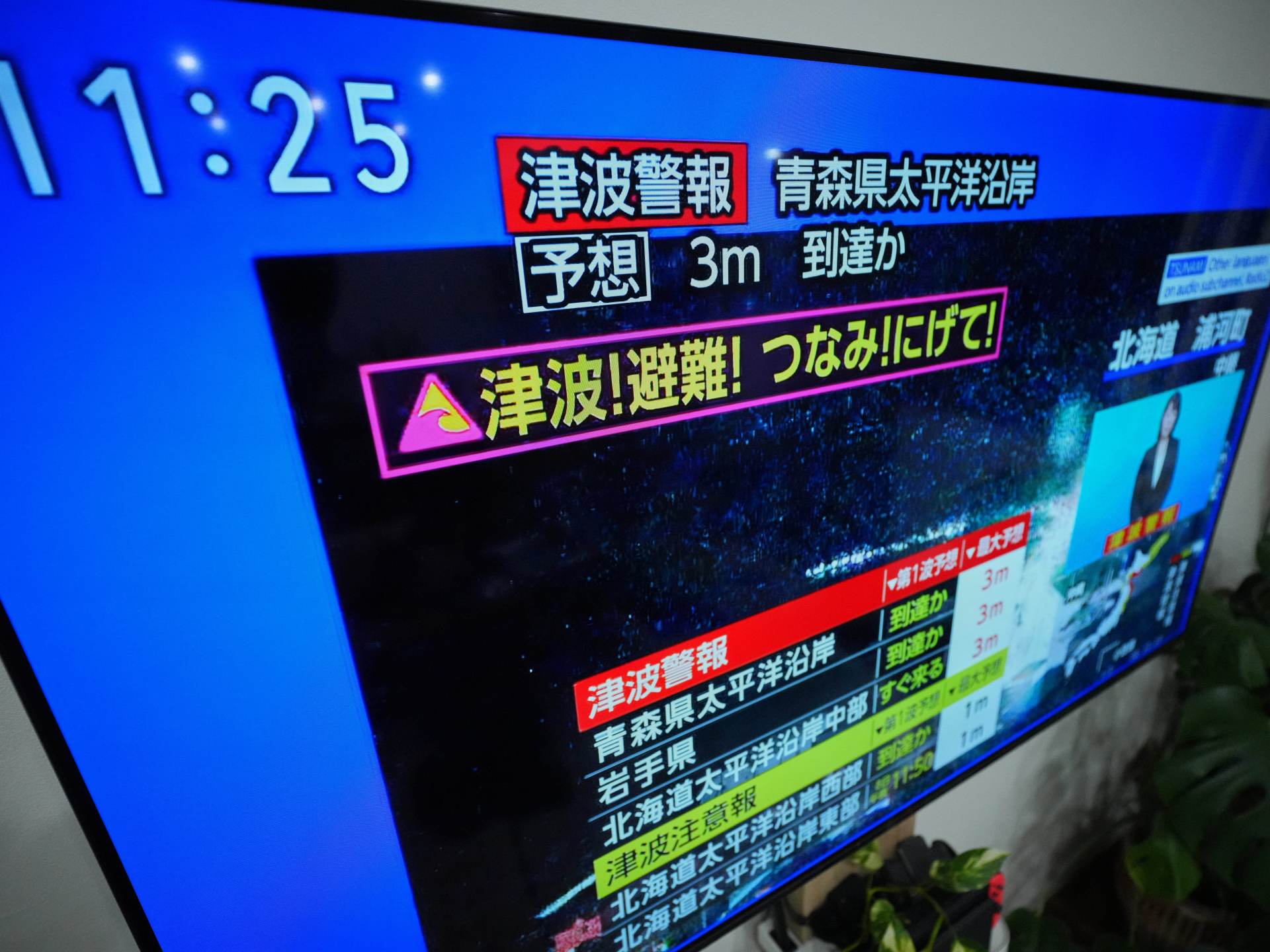Who: Inter Milan vs Liverpool
What: UEFA Champions League – League phase, match day 6
Where: San Siro Stadium, Milan, Italy
When: Tuesday at 9pm (20:00 GMT)
How to follow: We’ll have all the build-up on Al Jazeera Sport from 17:00 GMT in advance of our live text commentary stream.
In-form Inter Milan host struggling Liverpool in the UEFA Champions League (UCL) on Tuesday with the Reds underwhelming defence of their Premier League crown turning from bad to worse with superstar player Mohamed Salah hinting at an exit from the club.
Recommended Stories
list of 3 itemsend of list
Liverpool currently sits ninth on the domestic league ladder – 10 points behind leaders Arsenal – and their morale was weakened further when Salah accused the club of “throwing him under the bus” in comments made to the media after a 3-3 draw at lowly Leeds United on the weekend.
Inter have recovered from a slow start to the Serie A football season – where they lost two of their first three fixtures – to storm back into title contention. The Nerazzurri now sit second on the table – just a point behind reigning champions Napoli after 14 rounds.
For Inter coach Cristian Chivu, a win against Liverpool at the San Siro could secure direct qualification for the Italian mega club in the last-16 of the Champions League.
Where do Inter and Liverpool sit on the Champions League ladder?
After five of the eight match days so far, Inter sits fourth on the ladder with a record of four wins and one loss. They were undefeated in the competition until a tough 2-1 loss in their last fixture at Atletico Madrid on November 26.
Liverpool is currently 13th with three wins and two losses, and is situated outside the top-eight placing required for automatic qualification into the next phase of the tournament. The Reds defeated 15-time UCL champions Real Madrid 1-0 on November 4 – but were then humiliated 4-1 at Anfield by Dutch side PSV in their last match on November 26.
Will Mo Salah play against Inter?
It is unclear at this stage if Salah will be included in the Liverpool squad for the Reds’ trip to Inter Milan.
Salah trained with the club at the AXA Training Centre in Liverpool on Monday ahead of their flight to Italy, but it remains to be seen whether manager Arne Slot chooses to leave him out of the squad. He did not speak to the media.
On Saturday, the 33-year-old said he had been “thrown under the bus” as he tore into the club over his treatment and signalled a potential exit, after watching from the bench for the third straight match in the draw at Leeds.
In his incendiary post-match comments, the Egyptian international lashed out at the club and coach Slot, telling journalists he felt he had been scapegoated for their poor start to the season and suggesting that he may not have long left at Anfield.
“I’m very, very disappointed, to be fair. I have done so much for this club. Everybody can see that during the years, and especially last season,” Salah told reporters in the post-match mixed zone, before taking aim at the club’s leadership.
“I don’t know, it seems like the club is throwing me under the bus. That’s how I felt it, how I feel it.
“I think it’s very clear that someone wants me to get all the blame. The club promised me in the summer … a lot of promises and nothing so far.”
Salah, who is going to the Africa Cup of Nations (AFCON) with Egypt on December 15, added: “I don’t know what’s going to happen now, so I’m just going to be in Anfield, say goodbye to the fans [before] going to Africa Cup, because I don’t know what’s going to happen when I’m there.”
When did Inter and Liverpool last play each other?
The teams’ last match was on March 8, 2022. They met in the second leg of their last-16 Champions League matchup, with Liverpool losing 1-0 at Anfield, but still progressing to the quarterfinals of the tournament (2-1 on aggregate) after winning the first leg 2-0 at the San Siro on February 16.
When did Inter and Liverpool last win the Champions League?
Liverpool defeated fellow English club Tottenham Hotspur 2–0 to secure the 2019 title.
Inter last won in 2010, overcoming Bayern Munich 2–0 in the final to complete the treble, a feat never before achieved by any team from either Italy or Germany.

Head-to-head
The two storied clubs have played six times in history.
Liverpool holds a 4-2 edge over the Nerazzurri in the all-time head-to-head record.
Inter Milan’s team news
Ex-Manchester United and Arsenal star Henrikh Mkhitaryan is expected to make his long-awaited return to the starting lineup after a month-long absence with a thigh injury, replacing Piotr Zielinski in the central midfield role.
Talented Brazilian Luis Henrique, who plays as a right wingback in Chivu’s 3-5-2 formation, is likely to retain his spot in the lineup after starting against Como on Saturday.
Matteo Darmian, Tomas Palacios and goalkeeper Raffaele Di Gennaro are all unavailable due to injury.
Lautaro Martinez and strike partner Marcus Thuram both scored against Como and will again start up front against Liverpool.

Inter Milan’s predicted starting lineup (3-5-2):
Sommer (goalkeeper); Akanji, Bisseck, Bastoni; Henrique, Zielinski, Barella, Calhanoglu, Dimarco; Thuram, Martinez
Liverpool’s team news
No official team statement has been made on whether Salah will travel with the team to Italy. Slot will address the issue in his pre-match press conference in Milan on Tuesday.
Jeremie Frimpong and Giovanni Leoni remain out with injuries.
The big question for the Liverpool coach remains who to play up front in the lone striker role: Alexander Isak or Hugo Ekitike.
Ekitike had a bounce-back game against Leeds on Saturday, scoring two goals. Record signing Isak scored his first Premier League goal for Liverpool on November 30 against West Ham and – now healthy – is keen to add to that tally.
Liverpool’s predicted starting lineup (4-2-3-1):
Alisson (goalkeeper); Bradley, Gomez, van Dijk, Robertson; Gravenberch, Jones; Szoboszlai, Wirtz, Chiesa; Isak
Last five matches
Inter Milan: W-W-L-W-W (most recent result last, Serie A matches only)
Liverpool: L-L-W-D-D (most recent result last, Premier League matches only)

